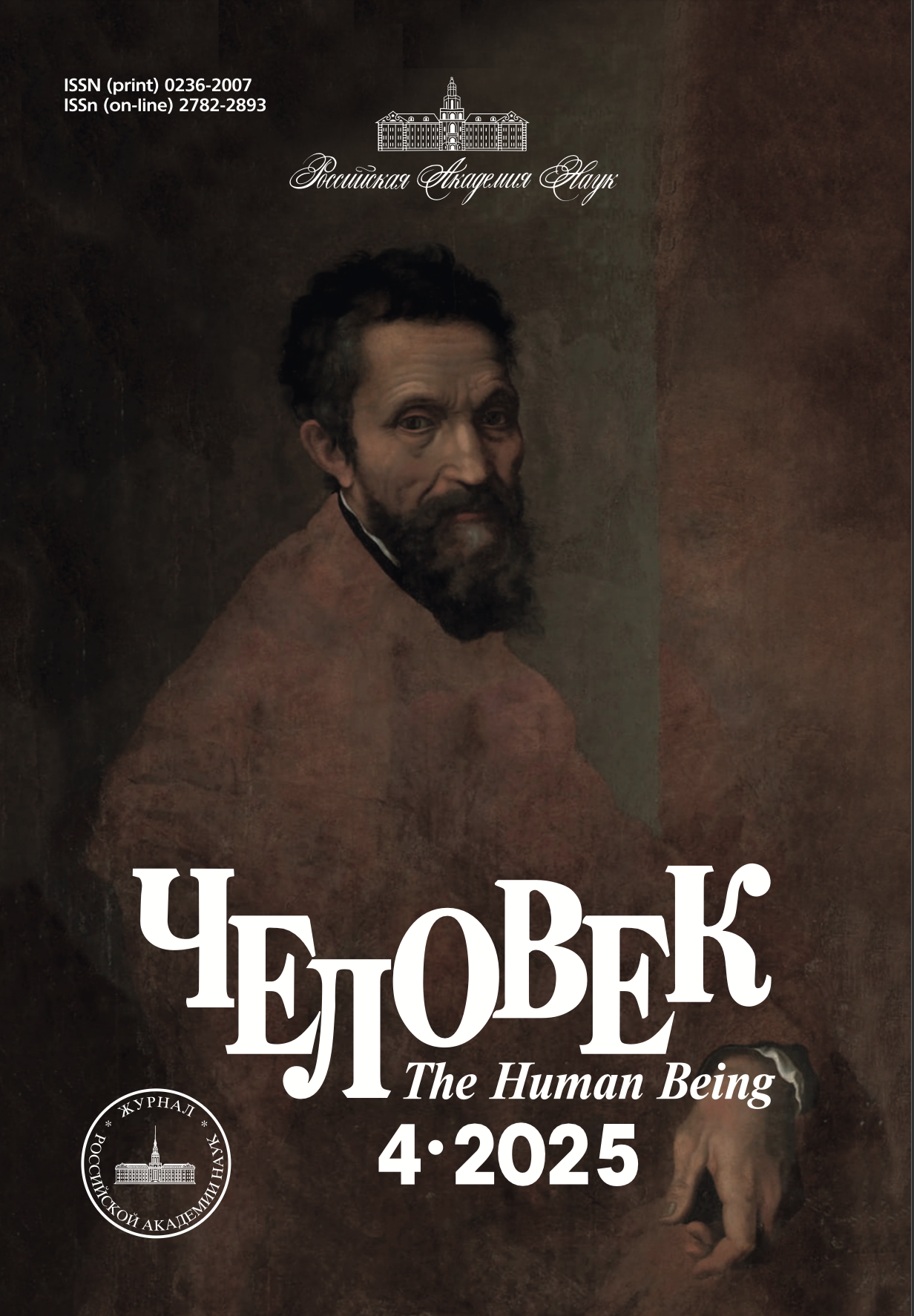Collisions of Russian and American Anarchism in the Early 20th Century
DOI:
https://doi.org/10.31857/S0236200725040074Keywords:
anarchism, America and Russia, imagology, image of the Other, mirroring, Emma Goldman, Alexander Berkman, Peter Kropotkin, Leo TolstoyAbstract
The article explores the collisions between Russian and Americananarchism in the early 20th century through the example of the “RussianAmericans”: Emma Goldman and Alexander Berkman, as well as Piotr Kropotkinand Leo Tolstoy, who had a great influence on them. The article focuses onimagology and the principle of mirror representation of some stereotypes inRussian and American culture. The author analyzes how American anarchistsovercame the stereotypes of Russia as an exclusively slave “prison of peoples” andAmerica as an exclusively free and democratic country. In contrast to thestereotype of Russia as America’s “dark twin”, common in the journalism of bothcountries, they defended the opposite view of revolutionary Russia as a model oftrue freedom in comparison to slave capitalist America. The article discusses thepeculiar “anarchist” status of L.N. Tolstoy, who, despite his proximity to thiscurrent, cannot be classified as a member of it because of his typically Christian,nonresistant and subjectivist position. The article introduces the anarchist journal“Mother Earth” and examines the article “America and Russia”, attributed toTolstoy by the American press.






